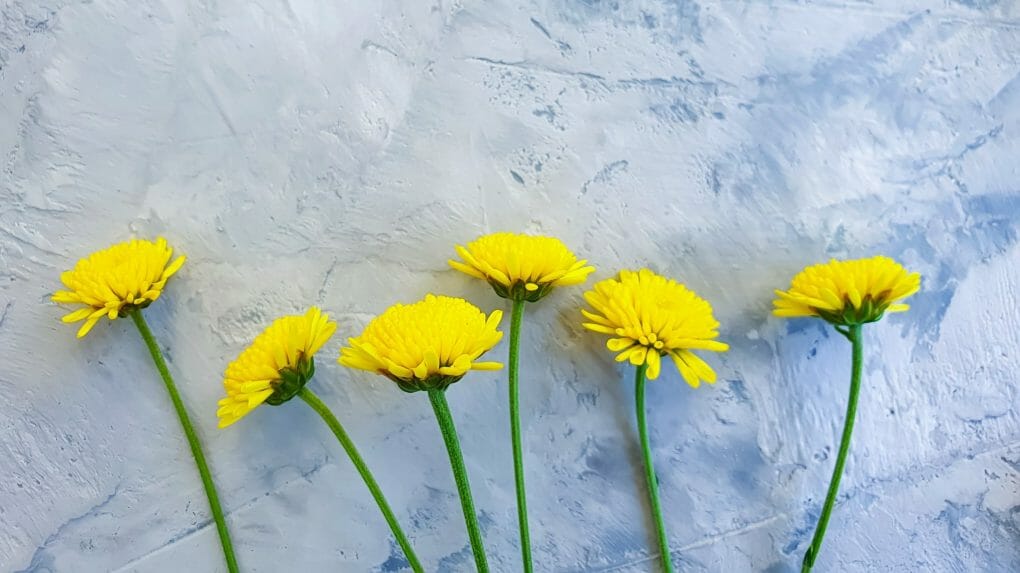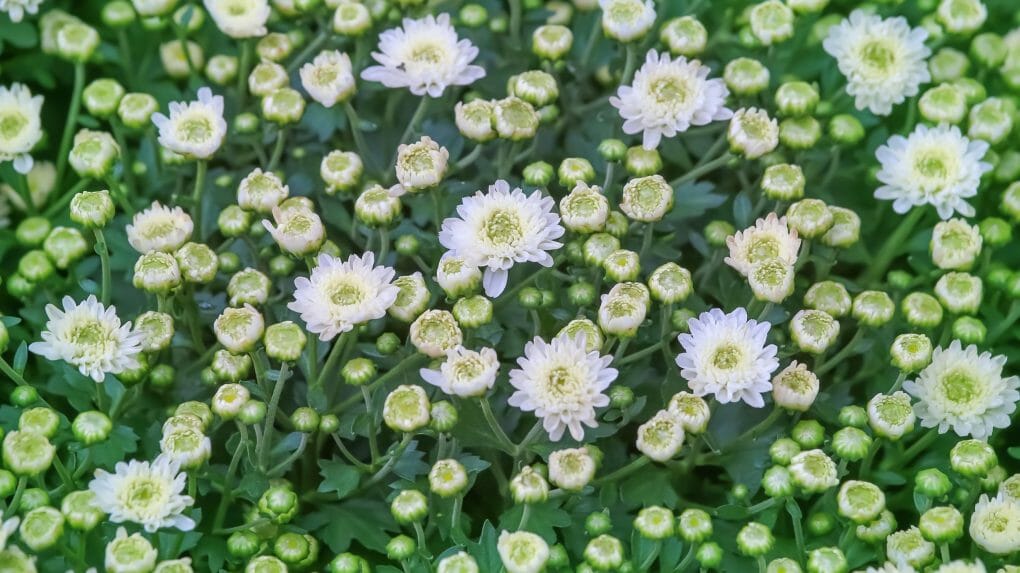Pruning Chrysanthemums: What You Need To Know!

If you’re a fan of flowers, then you’re probably familiar with chrysanthemums. These beautiful plants come in various colors and styles and are perfect for adding some splash of color to any garden. Do you know how to prune chrysanthemums? If not, you’re in for a treat! Mums are one of the most easy-to-take-care-of plants, and pruning them is an essential part of their care. Removing faded flowers and dead leaves will help keep your chrysanthemums healthy and looking their best. Before the plant needs to be replaced, most varieties produce three to four seasons of high-quality blooms.
In this article, we’ll teach you everything you need to know about pruning chrysanthemums. We’ll discuss how to prune chrysanthemums so they can thrive and look their best.
Table of Contents
Pinching
One of the most common ways to prune chrysanthemums is to pinch out any faded flowers or dead leaves.
It can be a precise science to grow mums for fewer but larger blossoms because it’s a completely different game. First, pick the right variety. Some mums won’t produce particularly large blooms no matter what you do. Then immediately cut off all but one to three shoots and branches from each plant. To keep a shoot rigidly upright, stake each one separately.
You should give a soft pinch just above a node where the leaves attach to the stem when the emerging shoots measure 4-5 inches. Make sure to get rid of the growing point at the end. You can make a tighter pinch if your plants are taller than this, again leaving 3–4 inches of space.
Cut off tender new growth just above the new leaf nodes using your fingers and fingernails to accomplish this. You could also use a pair of scissors that are nice and sharp. Make sure you pinch carefully since too much pressure can damage the plant. When there are about 100 days left before the autumn blooming season, stop pinching the growth back.
Always remember that a new shoot will grow wherever there is a node. For instance, five “breaks” or branches result from leaving five nodes below the pinch. Instead of just removing a certain number of inches randomly, paying attention to these is preferable. You can perform a second soft pinch on each node’s lateral shoots when they are 4-5 inches long. And later, if you choose, you can pinch the growing branches again. A much bushier and shorter plant will result from all this pinching.
The transition to the flowering phase happens gradually. As the days get shorter, if you don’t pinch the stem tip, it develops into a flower bud. Instead of the typical mum foliage, the flower stem has strappy leaves that remain relatively short. Underneath this top bud, side shoots emerge, and a little later, the ends of these shoots also bear flowers.
Winter Pruning
Your garden mums can be pruned or trimmed back at this time. Next year, waiting until the plants are dormant would be best to avoid forcing any new growth exposed to the cold winter air when you prune. The first solid freeze would serve as a trustworthy cue that it is time to proceed. Naturally, by this point, all of those requirements have been satisfied so that you can trim them back to an inch or two with a good pair of pruners. After that, cover them with 2-3 inches of mulch to keep them warm all winter.
You should see new growth forming at the base of the plant stems if you gently push the dead exterior growth aside. If mums are not pinched back as they grow, they may become tall and leggy. Growers pinch the plants during their growing season to create the rounded mounds we associate with these insect-repelling plants.

They can become quite tall and topple over from the weight of their flowers if left to their growth rate. Use thread snips to make pinching simpler.
Gently remove a mother still dying from the pot if you have one. You might notice growth near the top and outer edges of the root ball if the plant is still alive.
The new growth can be found in the same place as the mum that appeared dead, in the bottom center.
The new growth requires a little tender loving care during its first winter. If there isn’t any precipitation, it’s a good idea to water the mums about once a month with a gallon of water. The moisture from the new growth will help the tiny roots survive the cold weather.
Don’t get rid of the dead branches or spent flowers. These aid in shielding the young growth until spring, when the mum can continue to develop and come back year after year. To ensure that they establish themselves, make sure to water them throughout the winter. Remember to pinch them back in the spring from May to July once they have settled in to support their growth short and bushier.
Other Great Pruning Tips
Chrysanthemums should be pruned back frequently in the spring to produce sturdy flowers and large blooms in years when they don’t appear to bloom too early. Disbud them for large blooms by removing the side buds and leaving only one or three on each stem. However, if you want a lot of bloom and durable garden color, let the buds grow completely or partially. You have the choice. Chrysanthemums should be pruned back and then given water and fertilizer.
Your mums should have a substantial, established root system from which new growth will start in the spring if they have been growing for some time. The plant’s crown will produce new shoots as the temperature rises and the days lengthen. If there is an excess of this growth, it can be thinned. If your chrysanthemum has grown into an overwhelming, tangled mess over the years, you might consider splitting them up next fall.
Pinch out the growing point of spray chrysanthemums when they are about 20 cm tall to promote the development of side shoots. There will be more flowers as a result. Chrysanthemums with a single bloom should be debudded to concentrate their energy into their flower. If you prefer to have a single, strong stem grows, cut off the side shoots like you would with tomatoes.
Early-flowering, half-hardy chrysanthemums can be cut back to the ground in sheltered gardens in the fall and allowed to spend the winter there. If not, lift them. You can cut them back to store for the winter or replant them in your greenhouse to continue flowering.
